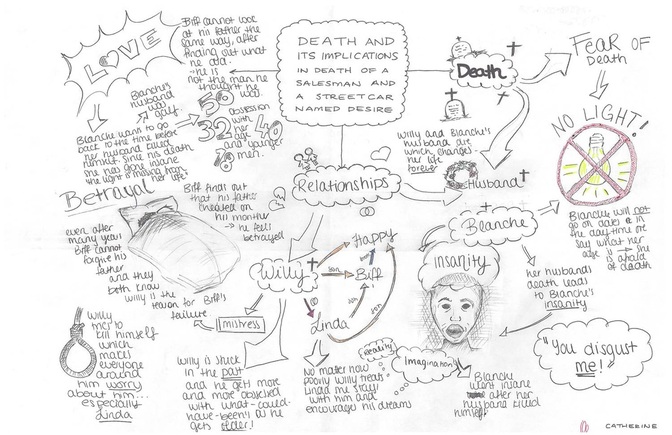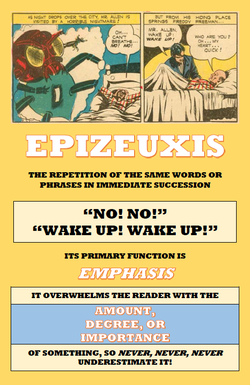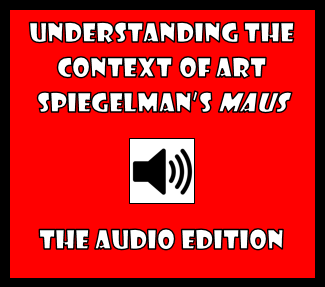Visual Narrative Meets Note-Taking
3/15/2014
 (c) 2014, Catherine Paap, published with the artist's permission at www.comicsineducation.com. The next time you're having a disagreement with someone about the importance of visual narrative in the classroom, just send them to this post. What you're looking at here is a wonderful example of how visual note-taking--the kind of note-taking inspired by visual narrative--can have a tremendous impact in the classroom. In a recent IB English class at The York School in Toronto, I had my students engage in a visual note-taking exercise. Usually, when we're writing, it makes sense to be fairly linear. Essays tend to be linear, articles tend to be linear, and any kind of formal writing that doesn't involve someone like Borges, Calvino, or Cortazar is going to be pretty linear. Our minds, however, are not linear. Visual note-taking allows us to put down on the page our thoughts and ideas in a way that isn't linear. It therefore serves as a bridge between how we think and what we want to say. Those of you out there who burn the midnight oil making comics probably already know this. When you were in school, your teachers probably asked you to stop doodling on more than one occasion. But doodling is crucial. In the above piece, my student, Catherine, is using visual note-taking in order to draw connections between Arthur Miller's Death of a Salesman and Tennessee Williams' A Streetcar Named Desire. Some students went with flowchart structures, others chose mind maps, but most of the students, regardless of artistic skill, opted for the visual and the symbolic. Catherine's artistic skills are exceptional, but more importantly, they allowed her to express her exceptional thinking skills. And that just totally rocks.
0 Comments
Your comment will be posted after it is approved.
Leave a Reply. |
Glen DowneyDr. Glen Downey is an award-winning children's author, educator, and academic from Oakville, Ontario. He works as a children's writer for Rubicon Publishing, a reviewer for PW Comics World, an editor for the Sequart Organization, and serves as the Chair of English and Drama at The York School in Toronto. If you've found this site useful and would like to donate to Comics in Education, we'd really appreciate the support!
Archives
February 2019
|



 RSS Feed
RSS Feed
